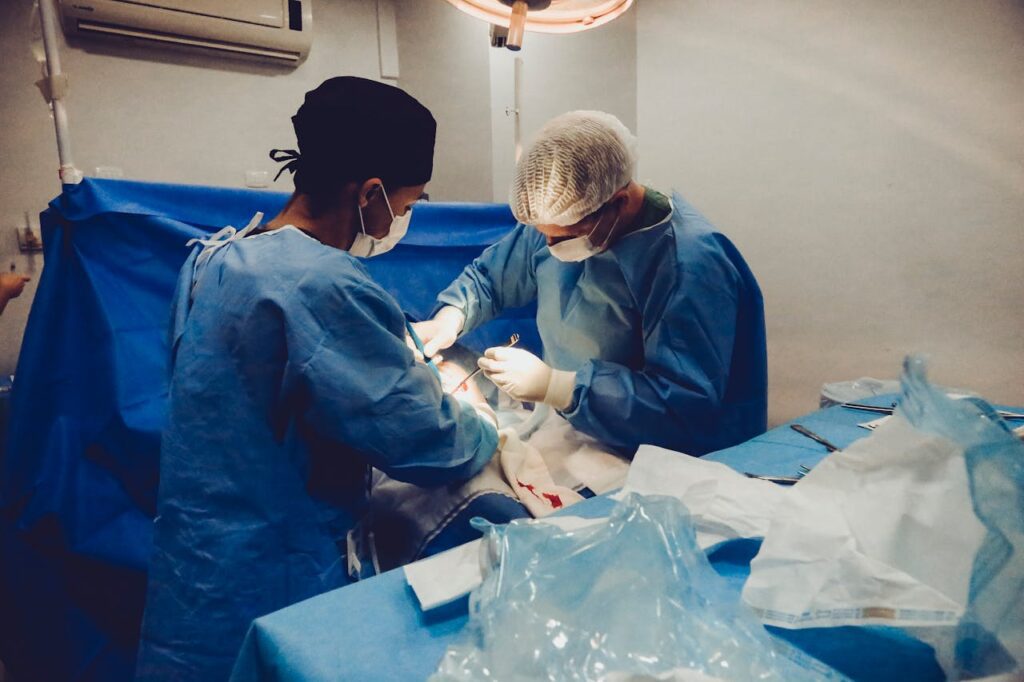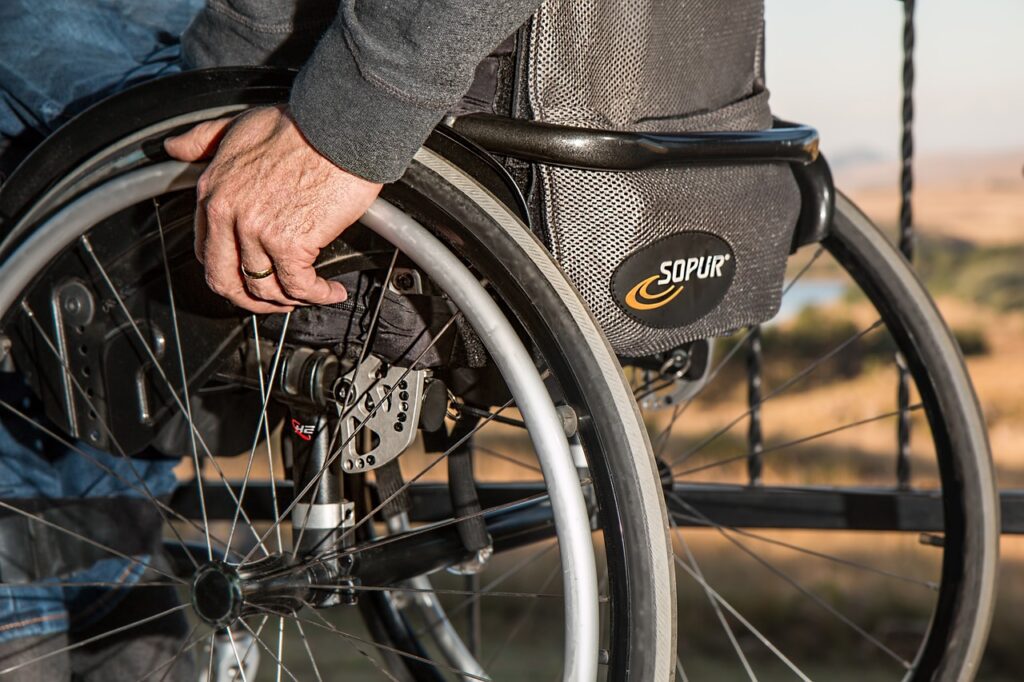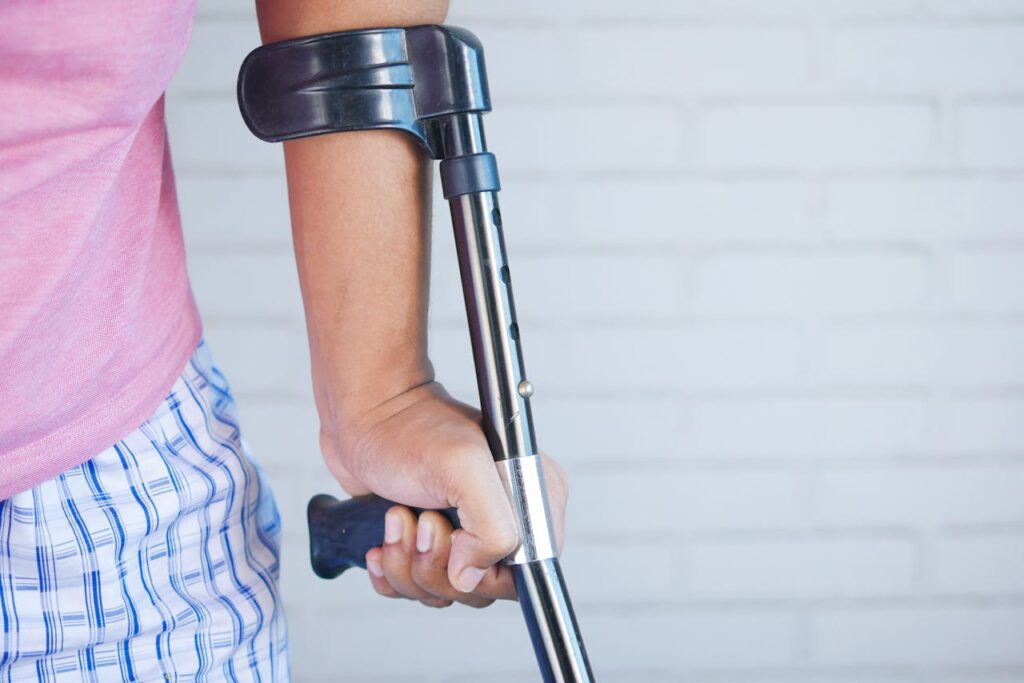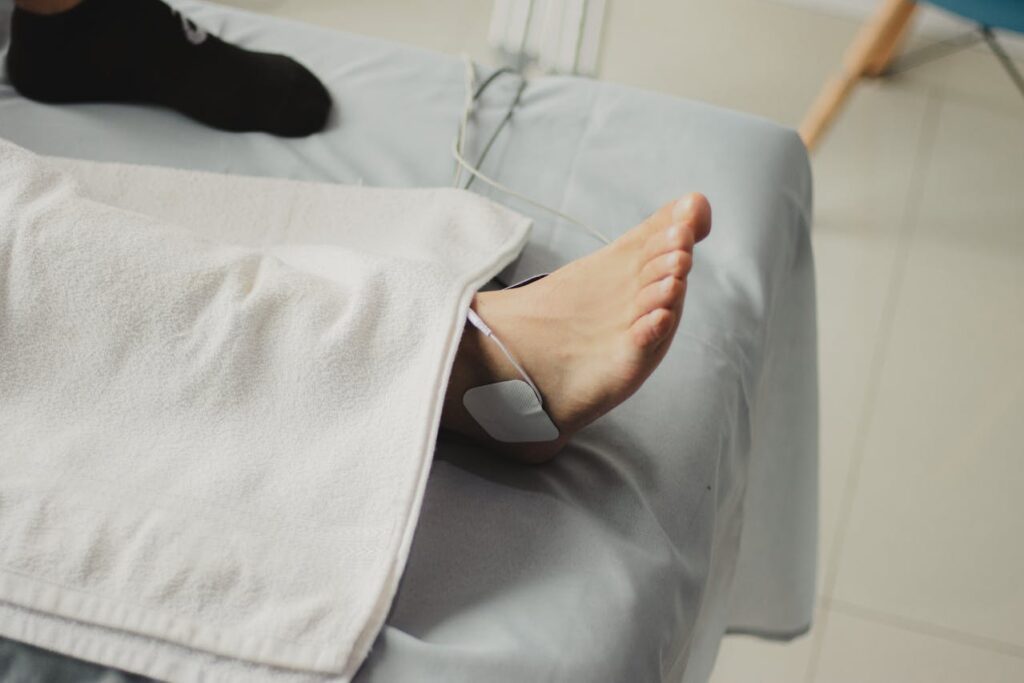Preparing For Leg Lengthening Surgery? 7 Facts You Need To Know
As the name suggests, leg lengthening surgery is a medical procedure to make the legs longer. According to one report, the first contemporary mention of limb lengthening (arms and legs) dates to 1951. The report suggests that the surgical procedure harnesses the body’s capacity to generate new bone, nerves, blood vessels, soft tissue, and skin. Image Source: Pexels.com Leg lengthening surgery has evolved significantly since 1951 and is nowhere among the most complex surgeries performed on the human body. However, it includes a long road to recovery. Below is an overview of the essential facts you must know before going under the knife for leg lengthening. Leg lengthening procedure Overview Leg lengthening is primarily a medical procedure conducted to correct malformations that may cause one…
As the name suggests, leg lengthening surgery is a medical procedure to make the legs longer. According to one report, the first contemporary mention of limb lengthening (arms and legs) dates to 1951. The report suggests that the surgical procedure harnesses the body’s capacity to generate new bone, nerves, blood vessels, soft tissue, and skin.

Image Source: Pexels.com
Leg lengthening surgery has evolved significantly since 1951 and is nowhere among the most complex surgeries performed on the human body. However, it includes a long road to recovery. Below is an overview of the essential facts you must know before going under the knife for leg lengthening.
Leg lengthening procedure Overview
Leg lengthening is primarily a medical procedure conducted to correct malformations that may cause one leg to be shorter than the other. Conditions contributing to such malformations include congenital disabilities like anisomelia (different leg lengths) and certain types of dwarfism, skeletal dysplasia, poorly healed fractures, growth plate injury, polio, and cerebral palsy. Following such procedures, rehabilitation is crucial for recovery, making the expertise of a Burlington physiotherapist invaluable for patients looking to regain full function and mobility.
Although leg lengthening is primarily a medical procedure, some individuals undergo surgery as a cosmetic procedure to grow taller. You can watch this Youtube video to learn more about the surgery’s cosmetic element. Moving on, an orthopedic surgeon is a medical professional conducting leg-lengthening surgery. They conduct the surgery by performing an osteotomy.
An osteotomy entails cutting the thigh bone (femur) or the leg/shin bone (tibia), creating a gap to accommodate the required length. Depending on the case diagnosis, the orthopedic surgeon may perform the osteotomy on both bones; the femur and the tibia.
The orthopedic surgeon completes the osteotomy by connecting the two segments of the bone created during the surgery using a leg-lengthening device. A leg-lengthening device can either be an internal rod or screw-like device connecting the two parts or an external fixator. The external fixator is like a leg brace with pins and wires that penetrate the skin and secure the leg.
Like the osteotomy procedure, the doctor decides which leg-lengthening device to insert into the bones. They may use a combination of internal and external lengthening devices. Patients who undergo leg lengthening surgery with early indicators of success stay in the hospital under observation for up to three days before discharge.

Image Source: Pixabay.com
The Recovery Process (Bone Distraction)
The recovery process includes a healing process called bone distraction. One expert report defines bone distraction as the process by which the two fragments created during the surgery pull apart to create room for bone regeneration. The new bone matter that forms in the crevice created during osteotomy translates into the additional bone length that increases height.
Essentially, you must adjust the bone-lengthening device daily for 2-3 months to facilitate the distraction process. Although the standard adjustment is 1mm daily, the doctor may recommend a different adjustment length, depending on your case.
The recovery process is the most crucial part of leg lengthening surgery because poor post-surgical care can interfere with early surgical success. Therefore, ensure you have the support system and care you need. Also, ensure you follow your surgeon’s recovery instructions, including regular doctor visits to assess the recovery.
Surgery Risks
Leg lengthening surgery has multiple benefits, including increasing mobility, facilitating a full range of motion, enhancing gait, and taking excessive pressure off the joints to maintain balance. Moreover, the surgery helps counter the psychological issues associated with physical disability.
However, one study shows that only four out of ten leg lengthening surgeries are successful. The risks associated with the surgery include the following:
- Poor healing, e.g., poor bone consolidation,
- Bone infection
- Nerve and muscle damage
- Infections associated with external bone-lengthening devices
- Blood vessel injury
- General anesthesia risks during surgery.
Physical Rehabilitation
Besides bone distraction or lengthening, limb, and joint strengthening is crucial to leg recovery. Therefore, physical rehabilitation tactics like physiotherapy are necessary to restore the legs to postoperative concentric muscle strength.
Post-operative physiotherapy prevents muscle weakness, joint and nerve injury, dislocations, and other complications. Therefore, your doctor should create a physical therapy program immediately after the surgery. The physicians customize the physiotherapy program to suit your diagnosis, and you may need to attend physiotherapy sessions up to five times weekly.

Image Source: Pexels.com
Surgery Costs
Leg lengthening is an expensive procedure and can cost over USD 200000. According to one health industry report, health insurance companies view leg lengthening or the “taller” surgery as a cosmetic procedure and do not cover its costs,
The costs included in the entire process include pre-surgical expenses like consultation fees. Second, the actual surgery’s cost varies, depending on whether you lengthen the femur, tibia, or both. Third, the bone elongation device type inserted during the surgery also affects the costs.
Recovery is also costly, thanks to frequent physiotherapy sessions and pain medication costs. However, although insurance companies do not cater to the actual surgery, they may cover the recovery costs, depending on your policy.
Limb-lengthening Device Removal
As earlier stated, you must visit your physician regularly so they can monitor your healing and recovery. They will instruct you to stop adjusting the bone-lengthening device once they’re satisfied that the bone has reached the desired length and is strong enough.
The standard practice is that it takes two months for an inch of bone to consolidate. Therefore, your physician shall recommend minor surgery to remove the bone-lengthening device once your consolidation period is complete.

Image Source: Pexels.com
When To Call The Doctor
Besides the routine hospital visits, consider calling your doctor if you notice pus, or other fluids, draining from the pin site (for external bone-strengthening devices). Also, call the doctor if you feel numb or tingling or notice swelling and redness around the leg.
Conclusion:
Leg lengthening surgery is costly and has a long road to recovery. Therefore, you must prepare thoroughly for the process, research, have the necessary support system, and ensure that the surgery is right for your welfare.




